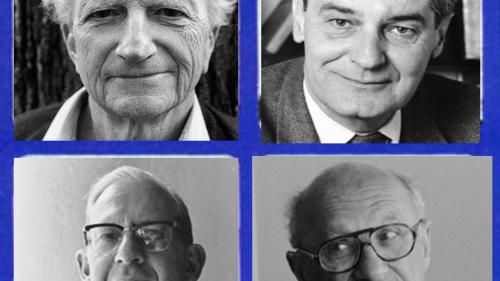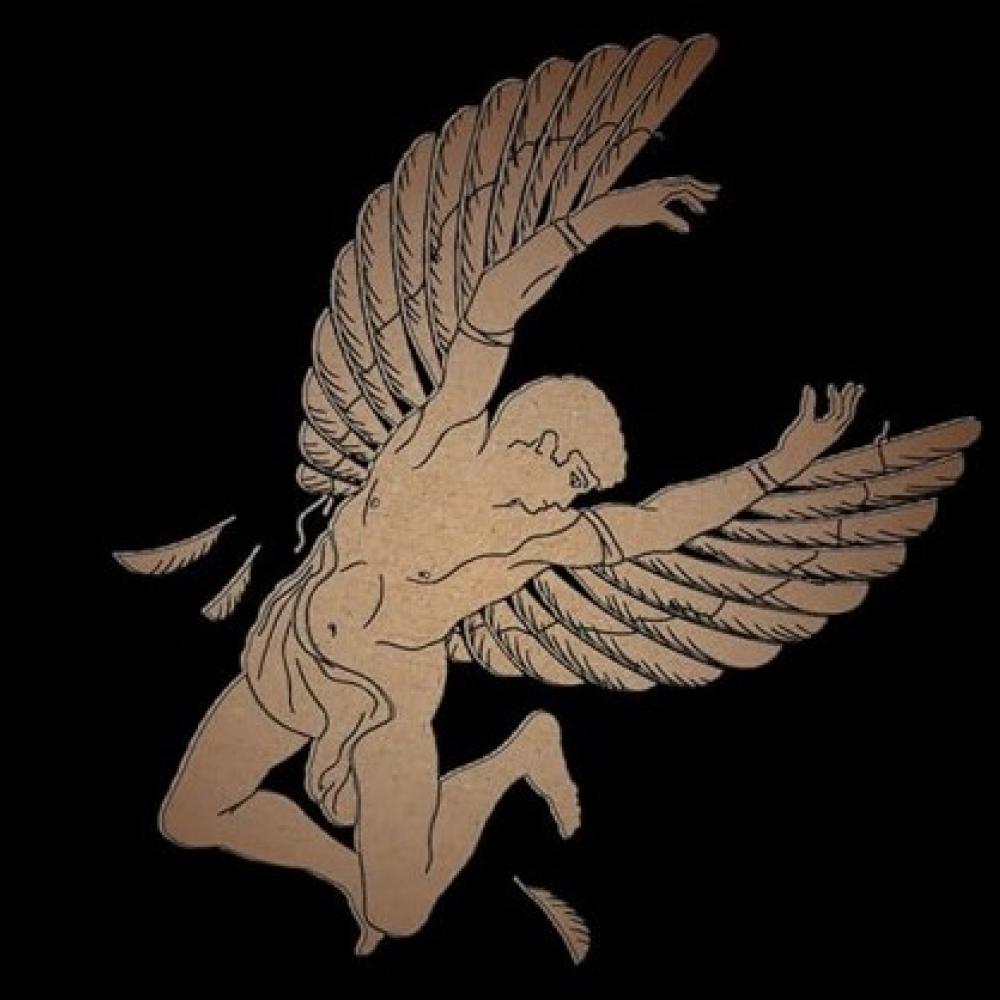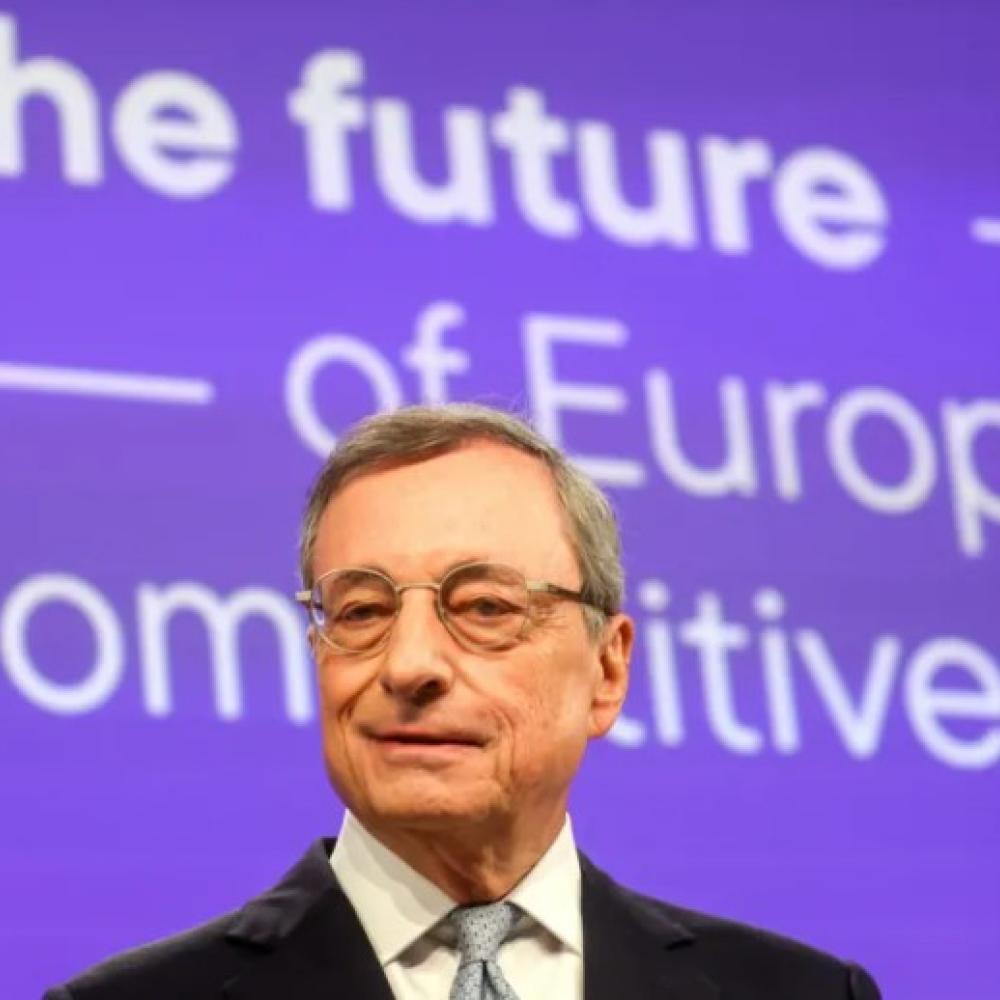
Robert Lucas was, for the time being, one of the last true revolutionizers of macroeconomics. However, he was foremost, also for the time being, one of the last giants of the Chicago School that revolutionized economics, finance and business.
Robert E. Lucas recently passed away at the age 86. “A master model-builder who took on the Keynesians and reinvented his discipline”, so the Financial Times quite correctly summarized the man’s lifetime achievements. I spoke extensively with Lucas during the preparation of PhD research on the Chicago School that resulted in my book with the same title, published in 2007. I cherish the memory of those often complicated and slow, but always hugely interesting, discussions. Robert Lucas was a man born to think deeply and profoundly about any subject that intrigued him. At first distant and reserved, Lucas opened up more and more as our contact developed. It was, as one of his colleagues reminded me, important for Bob to be sure that his interlocutor was serious about the subject at hand. Lucas hated superficiality and cheap talk.
As I see it, Robert Lucas is the last of the four fabulous economists that made the Economics Department, and the Business School, at the University of Chicago the envy of almost any other university in the world. It is certainly true that there are still some great economists at work on the Hyde Park campus on Chicago’s southside. The names of Kevin Murphy, Raghuram Rajan, Sam Peltzman, Luigi Zingales, Lars Peter Hansen, Roger Meyerson, James Heckman, Steven Levitt, Michael Kremer, John List, Amir Sufi and Chas Syverson are immediately brought to mind. The list could be made substantially longer, so I apologize with those who should be in the list but aren’t due to my ignorance. But Robert Lucas was somewhat hors catégorie, even among the names just mentioned.
The Chicago Fab Four
The Liverpool Fab Four are of course John Lennon, Paul McCartney, George Harrison and Ringo Starr, together the Beatles, the legendary band that revolutionized modern music. The Chicago Fab Four are Milton Friedman, George Stigler, Gary Becker and Robert Lucas, all winners of the Nobel Prize in Economics, now all sadly passed. Friedman (1912-2006), Stigler (1911-1991) and Becker (1930-2014) already passed away earlier, Robert Lucas followed “in their footsteps” on May 15 of this year. If there would be monuments to be erected in honor of the Chicago School, that assembled more Nobel Prize winners in Economics than any other university, these are the four luminaries that would be first in line.
Like a religion
The Chicago School was created in 1892 largely on the basis of money provided by oil magnate John D. Rockefeller. As the School has evolved, and as argued in my book referred to earlier, it has displayed for two specific attributes: the application of traditional price theory to any problem that comes along, and the need to empirically verify, and verify again, whatever theory or hypothesis is dished out. Of course many economists in many universities and research institutes adhere to these principles, but in Chicago they were, and largely still are, like a religion.
The ancestors of the Chicago’s Fab Four were Jacob Viner and Frank Knight. Frank Knight (1885-1972) brought an irreverent skepticism of all authority, especially the clergy and the medical profession, to Chicago. His book Risk, Uncertainty and Profit (1921) is an absolute classic on the importance of uncertainty in economic life. Knight also did pioneering work on the social costs of transactions. Although Frank Knight used price theory extensively, it was Jacob Viner (1892-1970) who turned the rigorous application of price theory into the hallmark of the Chicago School. Viner was ferocious in the way he imposed this framework on his students. Most noteworthy is that Jacob Viner already in 1933 published several papers on remedies for the Great Depression. They could easily have been fitted into John Maynard Keynes’ legendary General Theory that was published in 1936.
Mr. Macro and Mr. Micro
In the post World War Two era it was first of all Milton Friedman and George Stigler who held the banner of the Chicago School high. It was with these two towering figures that the Chicago School as such really took off. Friedman and Stigler were known on the Chicago campus, and beyond, as Mr. Macro (Friedman) and Mr. Micro (Stigler). This accounted for the fact that Friedman was most of the time identified with macroeconomics and Stigler with microeconomics or price theory. These nicknames were actually quite amusing given that Stigler was much taller than Friedman in person.
Aside from their respective statures, these nicknames also mislead since Milton Friedman was foremost a price theorist. It was actually through these price theory-related insights that Friedman came to the conclusion that the Keynesian analysis, and especially the Keynesian policy prescription, were fundamentally wrong. Application of Keynesian policy principles aiming at stabilizing the economy through active use of budget policies would inevitably, so argued Friedman, lead to inflation. This was a prediction that became very much a reality during the 1970s.
Also based on price theoretic insights, Friedman came to the conclusion that what really mattered for macroeconomic management was monetary policy. In order to avoid disturbance of the growth-enhancing capacities of the competitive market, the authorities should adhere to a strict monetary growth rule. Monetary policy, so to speak, left on autopilot. Later in life Friedman softened his position on this monetary growth rule but he remained convinced of the utmost importance of what happens to the money supply percolating through the economy. The recent outburst of inflation in the Western world has reminded us of the enduring relevance of Friedman’s insight.
Friedman’s peer George Stigler focused his entirely life on price theory and its application to all kinds of subjects. Among the most noteworthy work left behind by Stigler one has to refer to his research on the minimum wage, on the history of economic thought, on competition and monopoly, on the economics of information and of time and, most of all, on regulation. Stigler was the initiator of the “capture theory of regulation”, i.e. regulation is often hijacked by those (companies, unions, professions, …) the regulation is intended to “regulate”. General welfare fares badly under government regulation because of this tendency to capture by special interest groups.
Gary Becker followed directly in the footsteps of Milton Friedman and George Stigler. He pushed the application of price theory much beyond the limits of what was traditionally considered to be the realm of economic analysis. Becker came up with remarkable research on the economics of human capital, of crime, of discrimination, of the family, of governments’ functioning, of pressure groups, of market behavior in a social environment and many more rather unusual topics. These incursions of Becker into non-traditional areas of economic research were not always appreciated throughout the economics profession (and beyond). Nevertheless, some enduring insights came from Becker’s innovative research, most of all on human capital.
Rounding out Chicago’s Fab Four was Robert Lucas, who started out as a historian but soon turned to economics. He became one of the most meticulous model builders the profession has ever known. Some would argue that he became extremely theoretical in this way, and hence far removed from reality. There is some truth to that claim despite the fact that, entirely in the Chicago School tradition, Robert Lucas also did a large amount of empirical work.
Although his work was mostly in what we would define today as the area of macroeconomics, Lucas was well versed in price theory and applied that framework of macroeconomics themes. It was through this approach that he came to the famous Lucas critique, which basically described a world of policy impotence because rational economic agents (consumers, investors, entrepreneurs,… ) anticipated the consequences of these policies almost instantly. Friedman badly wounded Keynesianism; Lucas, adhering to Friedman’s monetarism, took care of the final kill. Robert Lucas is generally considered to be the godfather of the so-called neoclassical macroeconomics.
In the second stage of his research career Lucas focused very much on the economics of growth. He co-pioneered the so-called endogenous growth theory, which basically argued that the process of economic growth is not driven, as was often assumed until then, by forces exogenous to the economic system. According to Lucas, it was not, for example, technological developments that took place outside the economic sphere but the way in which you organize the economy and focus, for example, on human capital development within the economy that made all the difference in the economy’s growth capacities.
The Chicago School has been very influential yet at the same time very controversial, certainly since Milton Friedman dominated the scene there during the 1950s, 1960s and 1970s with his outspoken pro free market and anti-Keynesian positions. Robert Lucas was very much part of that Friedmanian tradition. Now that Lucas has passed away as the last of Chicago’s Fab Four, it remains to be seen what, say, in ten years’ time will be left of the traditional Chicago School. The feeling that its glorious days are definitely over is relatively widespread but, as ran the conclusion of my 2007 book on the Chicago School, this School seems to resemble “a cat with far more than nine lives”.
Usefull links & downloads
You may also be interested in

Exhausted we stand
The Western world is confronted by challenges the enormity of which has not been seen since the Second World War. We stagger to face these challenges in a state of policy exhaustion, budgetary as well as monetary. Only courageous and decisive reform can turn the tables in our favor.

The Draghi & Schnabel Truth on Trump
The actions of the new Trump administration will have a major impact beyond America’s borders, not least in Europe. Nevertheless, Europe should stop mourning the Democrats’ loss and do what it must do, whatever Trump’s intentions. Money is not the most pressing issue on Europe’s priority list, so Mario Draghi very correctly argues.